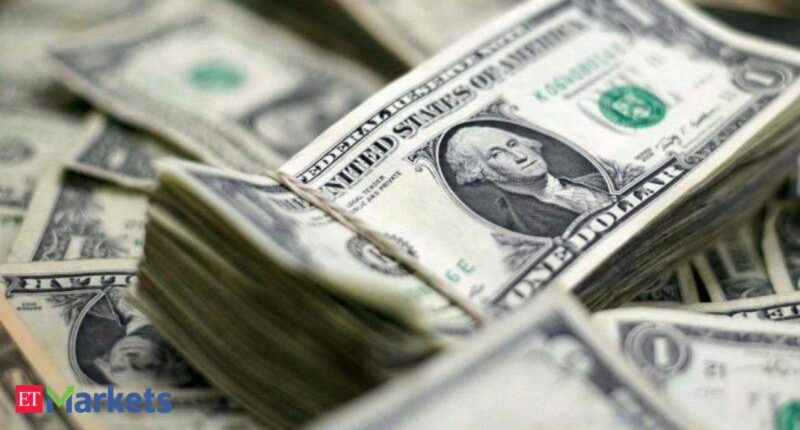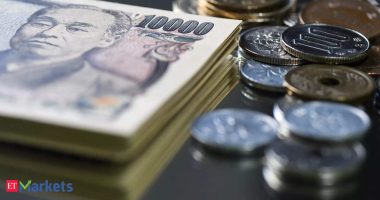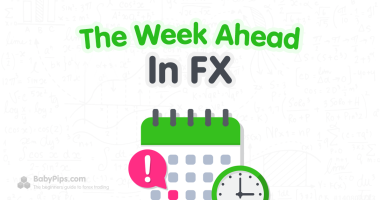
The U.S. dollar steadied on Tuesday, having lost ground a day earlier, climbing particularly against the Japanese yen, and on track for its first monthly gain since September.
The greenback’s rally gathered momentum in recent weeks as upbeat economic data led to mounting expectations that the U.S. Federal Reserve will have to raise interest rates more than initially expected.
The dollar index, which measures the currency against a basket of peers, was flat at 104.7, but was still set for a February gain of 2.5%, its first monthly increase since September.
“The dollar has made its rebound – fully justified – on the strength of the January numbers that came through in February, and the repricing for the Fed,” said Ray Attrill, head of FX strategy at National Australia Bank, referring to the strong run of U.S. economic data.
“I think we’re sort of lurching from one major data print to another… The next move in the dollar is really a function of how the February data starts to play out in March,” Atrill said.
U.S. Treasury yields have also moved higher with the inflation sensitive two-year yield back at three-and- a-half-month highs.
The dollar on Tuesday gained particularly against the Japanese yen, climbing 0.4% to 136.78, its highest in more than two months. Japan’s policy of keeping yields pinned down means the yen is sensitive to moves elsewhere. Incoming Bank of Japan (BOJ) Governor Kazuo Ueda said this week it was premature to comment on how the central bank may shift policy.
And on Tuesday, incoming Deputy Governor Shinichi Uchida brushed aside the chance of an immediate overhaul of the BOJ’s ultra-loose monetary policy.
“The initial signs from Ueda are that he’s in no rush (to change policy), and as long as he’s not in a rush if yields go higher then that continues to pressure the yen,” said John Hardy, head of FX strategy at Saxo.
The yen is also at its weakest in two months against the euro and the pound.
Elsewhere, sterling built on its gains from the previous session against the dollar, rising 0.24% to $1.2092.
It surged 1% on Monday after Britain and the European Union announced a new deal for post-Brexit trading arrangements for Northern Ireland, known as the Windsor Framework.
That brightened the outlook for the post-Brexit UK economy, with British Prime Minister Rishi Sunak saying it would pave the way for a new chapter in London’s relationship with the bloc.
The euro was flat at $1.0611, having risen 0.6% in the previous session on the news.
The euro pared some earlier losses after higher-than-expected French inflation data, which sent short-dated euro zone yields to their highest in at least a decade.
The dollar also climbed 0.5% against the Swedish crown after data showed the country’s economy fared much worse than previously thought in the fourth quarter of 2022









